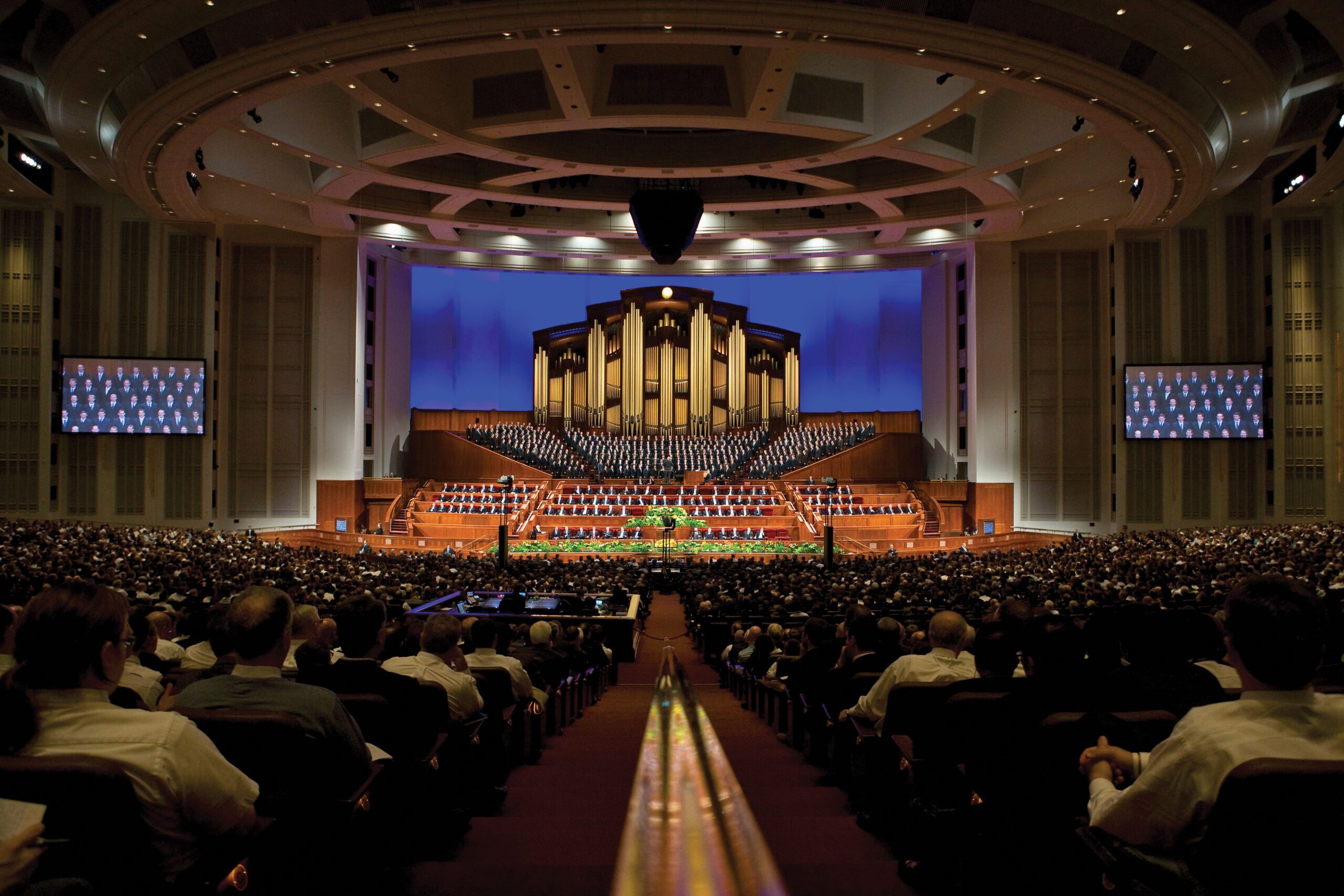
Since it was made public in 2013, the CES Letter has become a topic of significant discussion in Latter-day Saint circles. Written by Jeremy Runnells, the Letter outlines his personal criticisms of The Church of Jesus Christ of Latter-day Saints (Mormon or LDS Church), particularly regarding Church history and doctrine. But one might ask: What do members of the Mormon Church think of the CES letter, and has it impacted the Church in the way Runnells might have hoped?
What is The CES Letter?
The CES Letter was written after Runnells experienced a faith crisis in the early 2010s. In response to his doubts and questions, he crowdsourced and compiled an 84-page document detailing issues with Church history and doctrine. This letter was intended for a Church Education Services (CES) Director to help Runnells better understand the concerns he had with the Church. When the expected response never came, Runnells made the letter publicly available. Over time, the document grew into a 138-page CES Letter PDF, and its primary aim is not to encourage belief in the Church, but to spotlight what Runnells considers to be suppressed or overlooked issues in the Mormon faith.
Runnells covers a wide array of topics in the CES Letter LDS including Joseph Smith’s First Vision accounts, polygamy, the Book of Abraham, and other controversial aspects of the Church’s history. It’s important to note that the CES Letter was not written with the intention of inspiring faith, or even for giving a neutral perspective, but rather to present specifically negative criticism.
What do Members Think?
The Mormon CES Letter’s impact on some of the Church’s members is not negligible. Although the letter does not introduce any new anti-Mormon arguments, the pre-existing points it discusses are compiled together in an accessible way, making it easier for a person reading it to become familiarized with many common criticisms of the Church all from one source.
In addition to accessibility, the CES Letter’s arguments are presented with a rhetorical technique that is meant to overwhelm the reader, leaving them with feelings of fear and confusion that can have a significant impact. Runnells mentions hundreds of criticisms of the Mormon church very quickly without room for other sides of the argument, and this approach can give a reader the impression that issues in the Church are too numerous to count.
For some Mormons, the document has led to faith crises which have resulted in leaving the Church. Others have examined the criticisms in the CES Letter Mormon and chosen to continue faithfully practicing their religion, sometimes with a more nuanced perspective. However, in general, the CES Letter and other anti-Mormon literature are not commonly recommended reading material in LDS circles. This is because of their lack of faith-promoting material.
Not all members of the Church of Jesus Christ of Latter-day Saints know what the CES Letter is, and not all who do will be eager to have a conversation about it. Because religion, belief, and doubt are emotionally charged subjects, discussing the CES Letter PDF in a way that fosters understanding requires respect, empathy, and a commitment to civil dialogue.
What Does the Church Think?
The CES Letter and other anti-Mormon literature have generally done very little when it comes to changing the main doctrines of the Church. Primary principles of faith in Jesus Christ and belief in his prophets are things that have stayed remarkably consistent since the faith’s beginnings in the 1830s, but it would be untrue to say that negative criticism hasn’t had any impact on the Church’s policies.
In recent years, the Church has made efforts to become more transparent about controversial aspects of Church history by publishing official materials like the Gospel Topics Essays, the Saints series of Church history books, and Sunday school lesson materials focusing on assisting and empathizing with those who are having crises of faith. Open dialogue about faith-challenging matters is taught as an effective way to process these criticisms and make changes where necessary.
Dallin H. Oaks, one of the apostles at the head of the Church of Jesus Christ of Latter-day Saints, once said that tolerance is about refraining from judging others, especially in deeply personal matters like faith. In these conversations, our goal should not be to “win” but to understand and listen. By respecting others’ beliefs and perspectives, we foster an atmosphere of mutual respect and open dialogue.
Ronald A. Rasband, another apostle of the Church, also encourages people to emulate Jesus Christ’s example of calmness and respect in a way that invites people rather than coerces them. Jesus never forced anyone to follow His teachings; instead, He showed kindness and left the decision up to the individual. When having conversations about the CES Letter, it’s best to do so with a similar spirit of humility and respect.
Discussing the CES Letter with Empathy
Conversations about faith—especially when they touch on documents like the Mormon CES Letter—can quickly become heated. People often have deeply personal connections to their religious beliefs, and when these beliefs are questioned, it can feel like an attack. But despite our differences, it’s still possible to engage in dialogue that is respectful, empathetic, and open-hearted.
Some members of the Church might become disturbed when invited to engage in conversations about criticisms like those in the LDS CES Letter. The key to maintaining good relationships with people we disagree with in these manners is seeking to understand the opposite point of view in a non-confrontational way. Discussions over defending the CES Letter and CES Letter debunking can quickly become contentious, but avoiding these discussions leaves the conversation in the hands of those with the most extreme views, which only increases polarization.
The CES Letter raises important questions about Church history and doctrine, and for many people, it represents a pivotal moment in their faith journey. While some have chosen to leave the Church because of it, others believe that awareness of the criticisms in the Letter have allowed them to practice their faith with a more nuanced understanding. Overall, the Church does not see criticisms like those in the Letter to be a defeat, but instead points for potential discussion and improvement.

By Todd Noall, Source Expert
Todd Noall is an author and religious scholar at Mormonism Explained with a focus on the history and theology of religion.

Fact Checked by Mr. Kevin Prince, Source Expert
Kevin Prince is a religious scholar and host of the Gospel Learning Youtube channel. His channel has garnered over 41,000 subscribers and accumulated over 4.5 million views. Mr. Prince also created the Gospel Learning App, a reliable platform where individuals seeking truth can access trustworthy answers to religious questions from top educators worldwide.
About Mormonism Explained
Mormonism Explained is a resource that was designed to provide objective and factual information about Mormonism, its history, doctrines, and policies. Our team of researchers consults experts and primary sources to present factual information on a variety of topics relevant to the Mormon Church.
Tags
